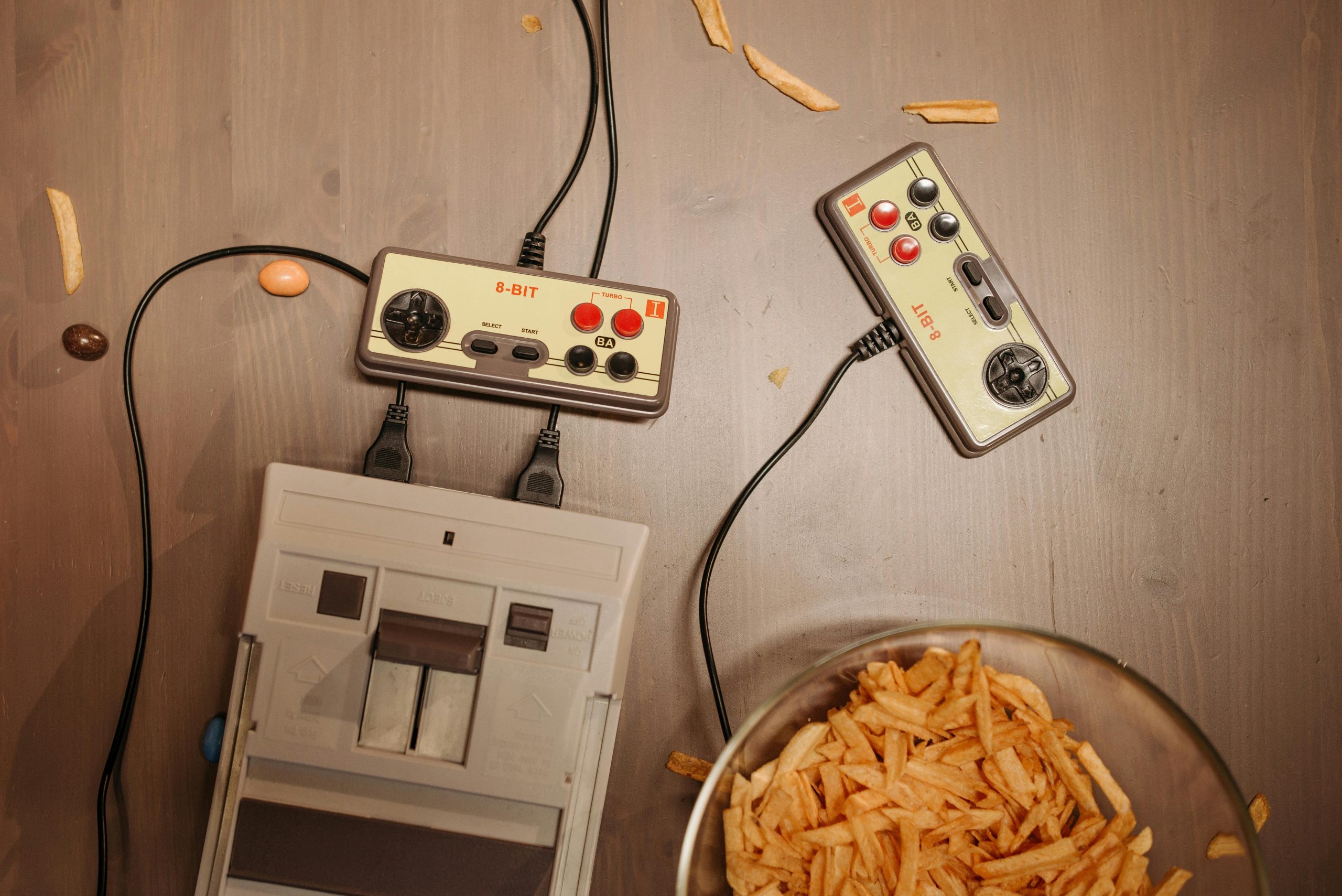Recovering Vintage Game Files: Is NAND Chip Extraction the Solution?
In the world of vintage gaming, collectors and enthusiasts often encounter unique devices with rare or obscure titles. Recently, I came across a fascinating scenario involving a bootleg PSP-like device—referred to as a “PMP”—that functioned as a Game Boy Advance emulator. This device housed some exceedingly rare, Japan-exclusive titles that I was eager to preserve and revisit. Unfortunately, the device ceased functioning, raising questions about how to recover its valuable data.
Understanding the Device and Its Storage
The PMP’s design was unconventional. Unlike standard gaming consoles, it didn’t utilize a readily accessible SD card or removable storage. Upon disassembling the device, I initially hoped to find a simple SD card that I could connect directly to my PC for data recovery. Regrettably, this was not the case, and my attention shifted to examining the internal storage components.
The most probable candidate for storing the game files is the NAND flash memory chip, as depicted in the accompanying image. These chips are common in embedded devices and smartphones, holding the device’s firmware and data.
Is Data Recovery from NAND Flash Possible?
The question now is whether the data stored within this NAND chip can still be retrieved. One potential method is a “chip-off” process, where the memory chip is physically removed from the device and connected directly to a computer for data extraction. This technique requires specialized hardware and expertise but offers the possibility of recovering files that are otherwise inaccessible.
Tools and Methods for Data Extraction
To proceed, you’ll need:
- Hardware for Chip-Off Recovery: A dedicated NAND flash reader/writer compatible with the specific chip type.
- Data Recovery Software: Programs like HxD on Windows can be used to analyze raw data once the chip’s contents are accessible.
- Technical Expertise: Knowledge of electronics, soldering, and data recovery procedures.
Next Steps
- Identify the NAND Chip Model: Confirm the part number and specifications to ensure compatibility with your recovery hardware.
- Perform the Chip-Off Procedure Carefully: Use appropriate tools to desolder the chip without causing damage.
- Connect the Chip to a PC: Use a NAND reader to interface with the memory chip.
- Analyze the Raw Data: Employ data recovery software such as HxD to examine and attempt to locate the game files.
Conclusion
Data recovery from embedded NAND flash
Share this content:



